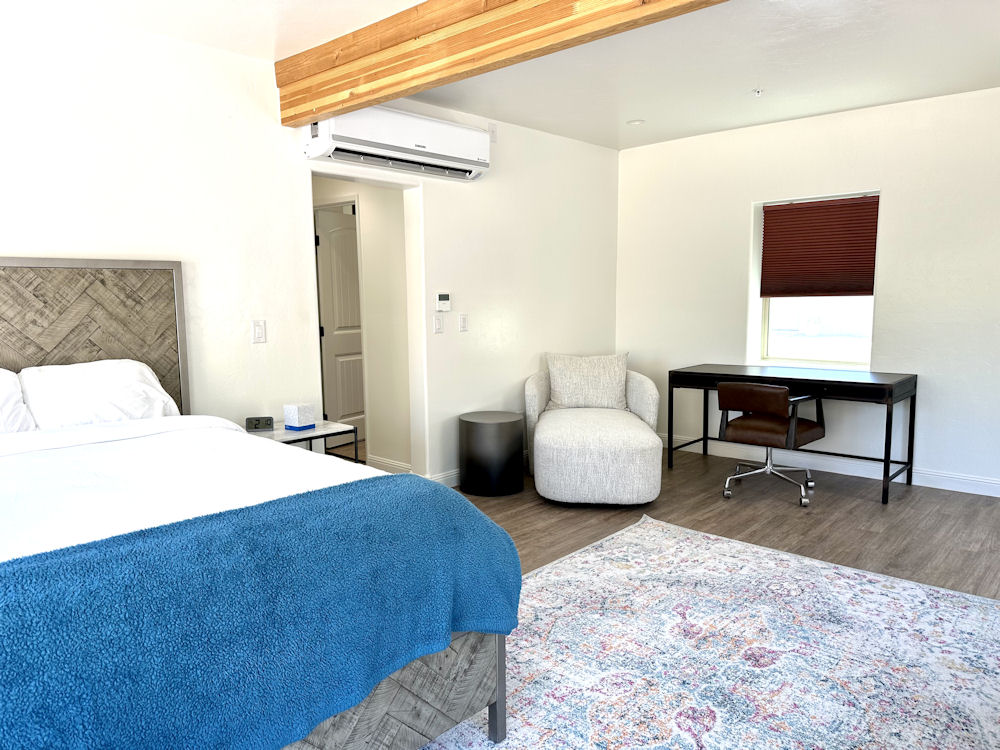Insights from Stacey Gonzales of Sabino Recovery
Hypersexuality, often misconceived solely as sex addiction, is a condition marked by compulsive sexual behaviors that are frequently accompanied by feelings of shame and guilt. Emerging as a maladaptive response to unresolved trauma, these behaviors can take root in past experiences that leave deep emotional scars. While the exact prevalence is hard to pin down due to varying definitions and stigma, studies estimate that between 7-9%, effecting more adult men, with higher rates among those with histories of trauma or mental health challenges. By addressing the underlying trauma and retraining the brain to focus on healthier coping mechanisms, individuals can find a path toward healing and reduced compulsive behaviors.
Defining Hypersexuality and Its Complexities
Hypersexuality is not a classified diagnosis in the DSM-5 but can be understood as compulsive sexual behaviors that lead to life becoming unmanageable says Stacey Gonzales, LAC, CSAT Candidate and therapist with Sabino Recovery. He described it succinctly: “If you look at the DSM [criteria for addiction], you can take out things like alcohol and input sex, and you basically get the same exact things.”
Hypersexuality is often associated with behaviors such as excessive pornography use, visiting strip clubs, or engaging in cybersex. Stacey highlighted the challenges posed by modern technology, noting, “We are just getting into the digital era… things like AI, OnlyFans, and sex robots are bringing a whole different layer of challenges.”
Trauma as the Underlying Factor
Research and clinical experience have shown that unresolved trauma often underpins hypersexual behaviors. Stacey explained that clients with hypersexuality often come from families that were either rigid, disengaged, or both. He emphasized, “There was little to no chance for them growing up and having intimacy or connection.”
He also noted that hypersexuality can be understood as an “intimacy disorder.” This shift in perspective can help reduce stigma. “What intimacy is on a deep level is being known and deeply knowing the other person, including all of the things that are undesirable, and you’re still sticking around,” Stacey shared.

Sabino Recovery’s Trauma-Informed Approach
Sabino Recovery offers a unique 45-day inpatient program that uses experiential therapies to help clients address trauma in a safe and supportive environment. As Stacey explained, “When you’re helping people address their trauma, you’re teaching them to fight a bear. And are you going to have them go just fight a bear without having taught them what to do? Of course not. You need to give them skills, tools, strategies, and a means on how to wrestle with this thing.”
Sabino’s modalities provide patients with the tools necessary to respond to their trauma:
- Equine Therapy
- EMDR
- Psychodrama
- Somatic Experiencing
- Adventure Therapy
- Nutrition
Utilizing these specific approaches teaches patients how to get down to the basics of being a human. Stacey shared patients are welcomed here, not judged. “We invite clients to move their body, let’s think, let’s sit, let’s feel.” Ultimately Sabino provides a trauma -informed, nurturing community for patients to learn how to reframe their trauma and their relationships with significant others in a more meaningful way.
Preparing Clients for Life Beyond Treatment
Sabino’s commitment to clients extends beyond their stay. We’re always talking about, ‘Okay, we know you’re at day one in Sabino, but we’re also going to start talking about what life looks like at home because these 45 days are going to fly.’ So how can we start protecting what we’ve gained here when you go home? Stacey said. Their continuing care team works closely with clients and their local providers to ensure a seamless transition to outpatient care.

Resources for Those Struggling with Hypersexuality
For those seeking resources, Stacey recommended “Facing the Shadow” by Pat Carnes, a workbook designed to help individuals address compulsive sexual behaviors. He emphasized the importance of working through such materials with a trusted therapist to build a solid foundation before delving into deeper trauma work.
Stacey’s key message to those who believe they are struggling with trauma and hypersexual behaviors is that there is genuine hope available, and they are not alone in their journey. Sabino provides a supportive and healing environment to help individuals rediscover the wholeness they are seeking.
Sabino Recovery is a leading provider of holistic, trauma-informed addiction and mental health treatment. Located in the serene Sonoran Desert of Tucson, Arizona, Sabino Recovery offers individualized programs designed to address the underlying causes of addiction and mental health disorders. Their comprehensive approach integrates evidence-based therapies, experiential activities, and wellness practices to promote lasting healing and recovery. For more information, please visit www.sabinorecovery.com or call 844-286-0516.


